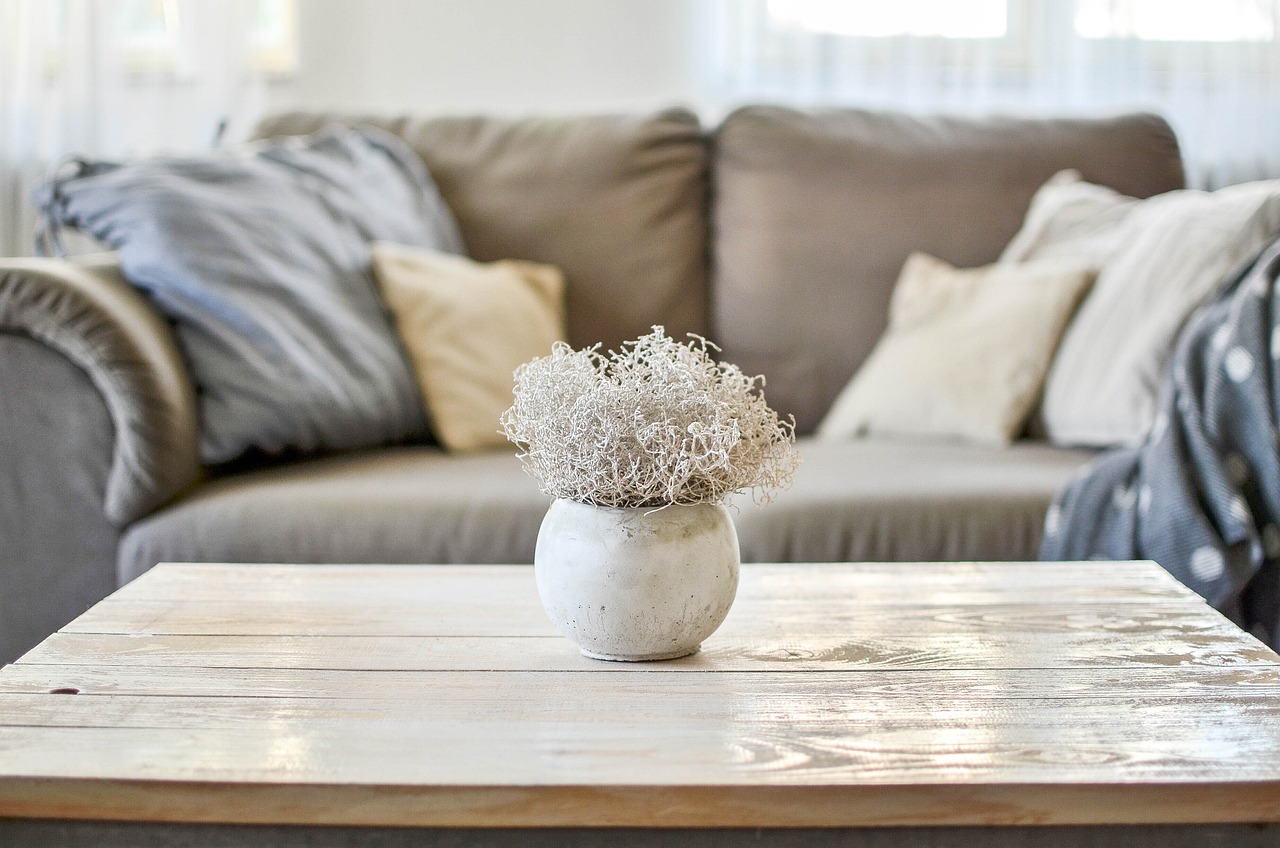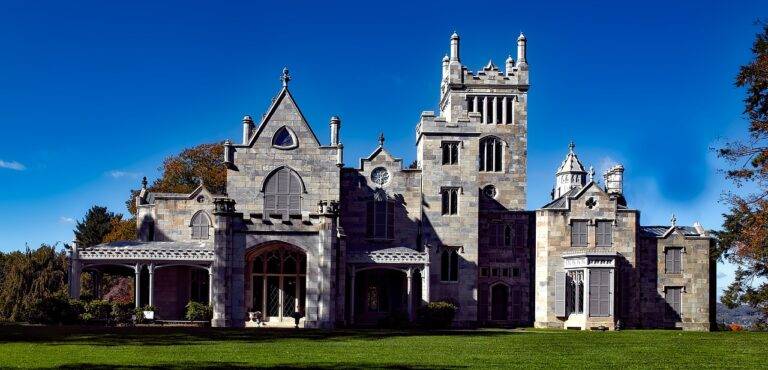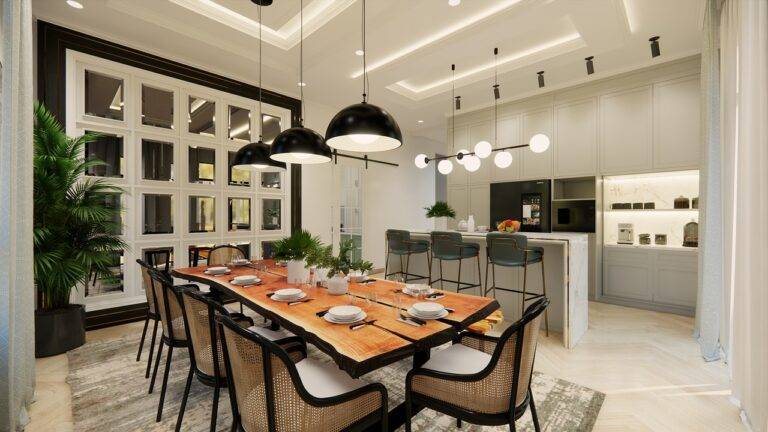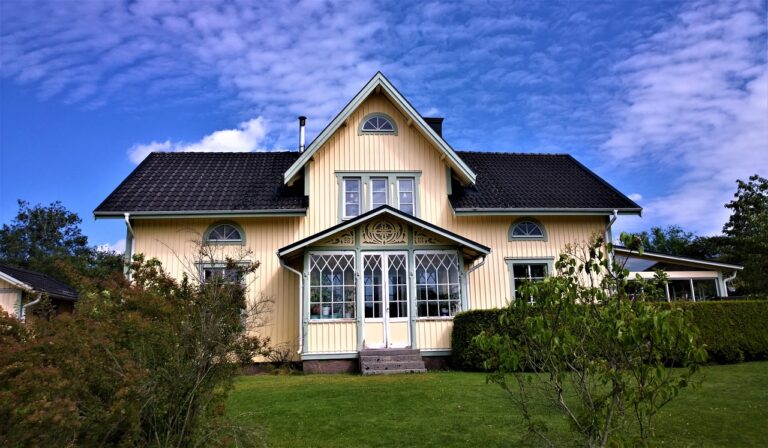The Influence of Industrial Design in Home Improvement
Industrial design in home improvement traces its roots back to the Industrial Revolution of the 18th and 19th centuries. During this period, advancements in technology and manufacturing processes led to the mass production of goods, including household items and furniture. Designers began to focus on not just the functionality of these items, but also on their aesthetic appeal and visual presence within the home.
As industrialization spread, a new design philosophy emerged that emphasized efficiency, simplicity, and functionality. This approach laid the foundation for what would later become known as industrial design. The intersection of form and function became a central tenet of this design movement, shaping the way home improvement products were conceived and created. Industrial design in home improvement continues to evolve today, with a focus on creating products that are not only visually appealing but also sustainable and user-friendly.
Industrial design in home improvement can be traced back to the Industrial Revolution of the 18th and 19th centuries
Advancements in technology and manufacturing processes led to mass production of household items and furniture
Designers began focusing on both functionality and aesthetic appeal of products within the home
A new design philosophy emerged emphasizing efficiency, simplicity, and functionality during industrialization
The intersection of form and function became central to industrial design in home improvement
Today, industrial design in home improvement continues to evolve with a focus on sustainability and user-friendliness.
Key Principles of Industrial Design Applied to Home Improvement
Industrial design principles play a crucial role in enhancing the functionality and aesthetic appeal of home improvement projects. One key principle is the emphasis on clean, sleek lines that create a sense of visual continuity and modernity within a space. By incorporating elements such as exposed pipes, metal fixtures, and concrete finishes, industrial design can bring a raw and edgy feel to a home while maintaining a sense of sophistication.
Another important aspect of industrial design in home improvement is the use of utilitarian materials such as steel, glass, and wood. These materials not only add a sense of durability and longevity to a space but also provide a contemporary and minimalist look. Additionally, incorporating a neutral color palette with touches of bold accents can help to create a harmonious balance between industrial elements and other design features in a home.
The Impact of Industrial Design on Interior Spaces
Industrial design has transformed interior spaces, paving the way for a sleek and minimalist aesthetic. By incorporating elements such as exposed brick walls, raw metal finishes, and open ceilings, industrial design adds a touch of urban sophistication to any room. Furniture pieces inspired by industrial design often feature clean lines, mixed materials, and a focus on functionality, creating a harmonious balance between utility and style.
The use of neutral colors like grays, blacks, and browns is common in industrial design, emphasizing a sense of practicality and simplicity in interior spaces. Large windows, high ceilings, and open floor plans are other key features that industrial design brings to interior spaces, allowing for a seamless flow of natural light and creating an airy atmosphere. Overall, industrial design injects a sense of urban chic into homes, merging functionality with modern aesthetics to create a unique and visually appealing living environment.
What is industrial design in the context of home improvement?
Industrial design in home improvement refers to the use of materials, colors, and finishes commonly found in industrial settings to create a modern and sleek look in interior spaces.
What are some key principles of industrial design that can be applied to home improvement?
Some key principles of industrial design that can be applied to home improvement include using raw materials like metal and concrete, incorporating exposed pipes and ductwork, and embracing a minimalist aesthetic.
How does industrial design impact interior spaces?
Industrial design can have a significant impact on interior spaces by creating a unique and contemporary look, adding texture and depth to a room, and creating a sense of openness and spaciousness.
Is industrial design suitable for all types of homes?
Industrial design can be adapted to suit a variety of home styles, from loft apartments to traditional houses. It may not be suitable for homes with a more traditional or rustic aesthetic, however.







